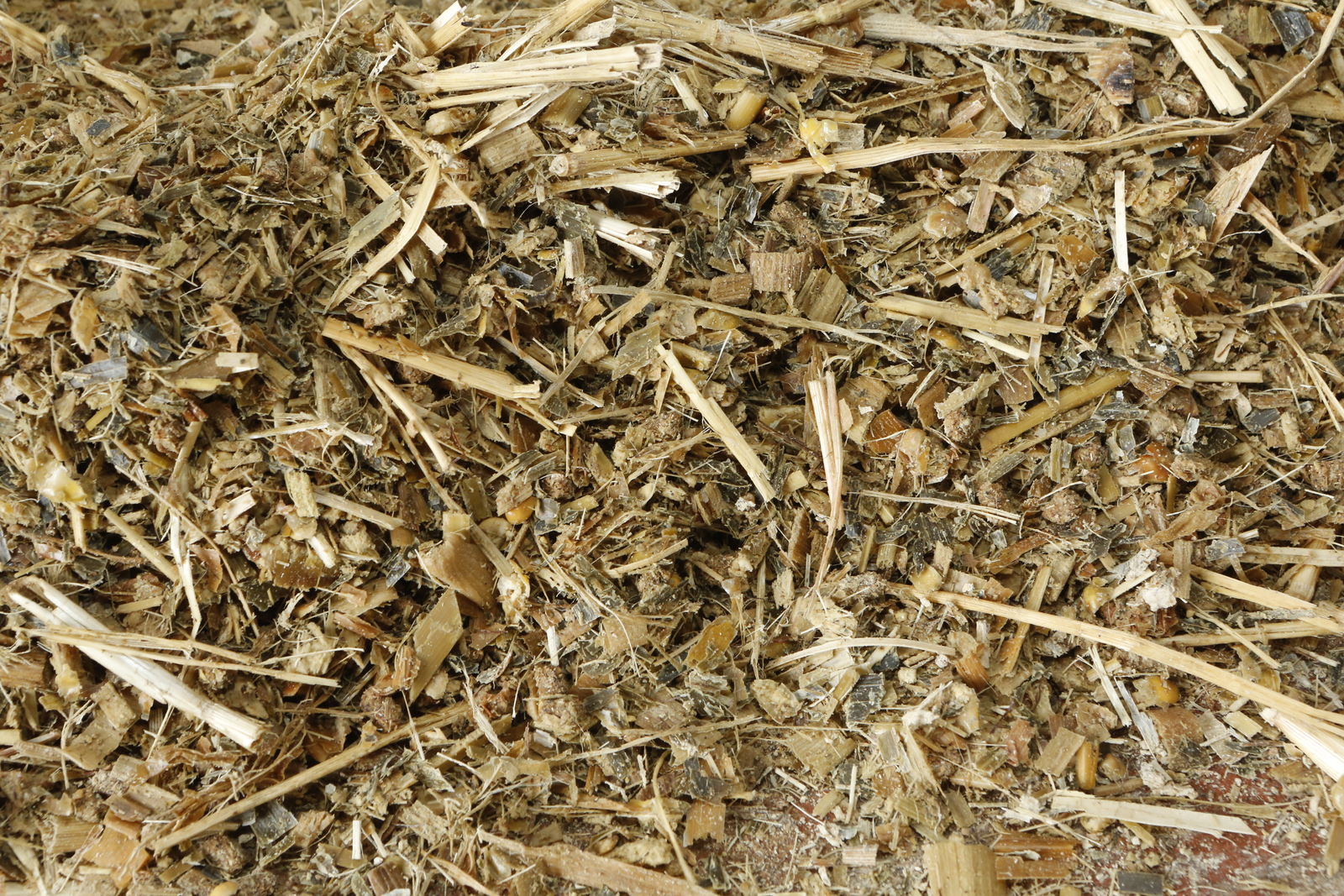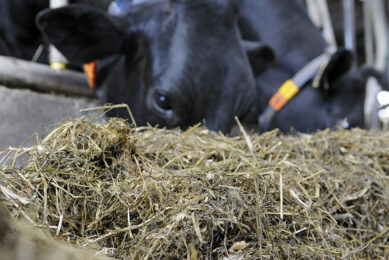The effect of longer chopped silage in feedlot cattle

Incorporation of longer chopped silage into a finishing diet of feedlot cattle increases dry matter intake.
This was concluded from a new study that looked at the effect of barley silage chop length and inoculation on growth performance, feeding behaviour, and ruminal acidosis in finishing feedlot.
In this study, barley forage (22–35% DM) was chopped to a theoretical chop length (TCL) of either 1.0 (short chop; SC) or 2.0 cm (long chop; LC) and ensiled without or with an esterase-producing bacterial inoculant in a 2 × 2 factorial arrangement of treatments with TCL and inoculation as the main factors.

Also read: Quality in silage for better milk production
The resultant silages were then incorporated into 4 finishing diets and fed to 80 feedlot steers (n = 20) housed in feedlot pens equipped with a GrowSafe system. Each pen consisted of 8 intact and 2 cannulated steers. Feeding behavior and ruminal pH were measured continuously using the GrowSafe system and ruminal indwelling pH probes, respectively. On average, inoculated silages had higher acetic acid concentrations and lower NDF concentrations.
Increasing the TCL from 1.0 to 2.0 cm increased DMI by 0.5 kg/d (P = 0.001), but intake was unaffected (P = 0.56) by inoculation. Feed efficiency and ADG were not affected (P ≥ 0.46) by TCL, inoculation, or TCL × inoculation interaction. Steers fed LC silage exhibited a reduced eating rate compared to those fed SC silage (8.6 vs. 9.2 kg DM/h) and consequently spent more time (77.5 vs. 70.2 min/(visit∙d)) at the feed bunk. Inoculation also reduced the area under the curve and duration of ruminal pH below 5.8, 5.5, and 5.2 for steers fed the LC diet but increased (P ≤ 0.003) these parameters for those fed the SC diet.
It was concluded that incorporation of longer chopped silage into a finishing diet increased DMI, with responses of ruminal pH to inoculation differing between SC and LC silage. Increasing the TCL of barley silage from 1.0 to 2.0 cm may have no additional benefits to finishing feedlot operators as it did not improve rumen function or the growth performance of feedlot steers.
Source: American Society of Animal Science.












